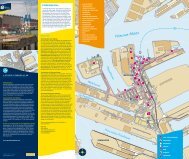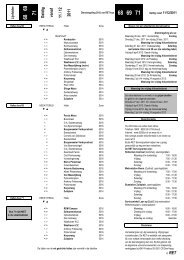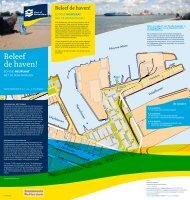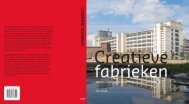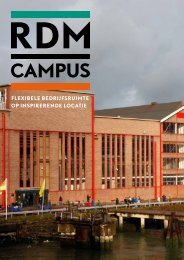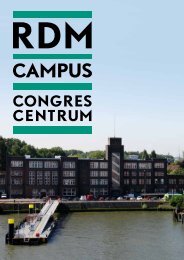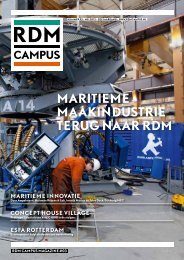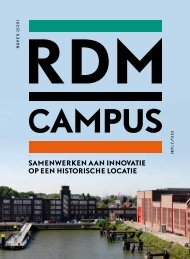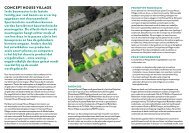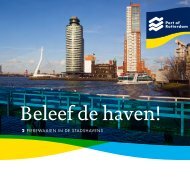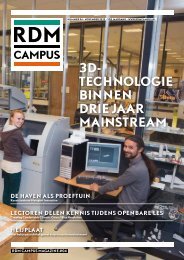Creating Comfortable Climatic Cities - RDM Campus
Creating Comfortable Climatic Cities - RDM Campus
Creating Comfortable Climatic Cities - RDM Campus
Create successful ePaper yourself
Turn your PDF publications into a flip-book with our unique Google optimized e-Paper software.
46 <strong>Creating</strong> <strong>Comfortable</strong> <strong>Climatic</strong> <strong>Cities</strong>47<strong>Creating</strong> <strong>Comfortable</strong> <strong>Climatic</strong> <strong>Cities</strong>05 Research AgendaParametric Bioclimatic Design on the building scaleParametric Bioclimatic Design is a concept and approach to design that utilisesexisting CAD and BPS technologies to facilitate an integral bioclimatic designprocess. The goal is to develop regionally specific, climate responsive designs thatare culturally embedded in the local context through the appropriate use of materials,state of the art technologies and building traditions. The principles of ParametricBioclimatic Design can be applied at the building, district or even city scale, for boththe future and the existing urban fabric.Existing fabricThe built environment is responsible for 41% of the total energy consumption inthe Netherlands (Hellinga, 2010). Besides the energy used for running a building, hugeamounts are lost through leaky building envelopes, leading to high energy bills anduncomfortable indoor climates. If one considers that in 2050, 85% of the existingbuilding stock will still be in use, it is clear that from a sustainability point of view, thechallenge and opportunities for the building industry lie here.‘Europe’s buildings are leaking big time.Money, energy and emissions are literally flowingout of the windows and cracks as we speak.’– Connie Hedegaard, European Commissioner for Climate Action (2011)When viewed in the light of the already existing issue of ‘energy poverty’ and theexpected rise in temperature due to climate change, it is imperative that smart retrofitsolutions are developed to reduce energy and resource consumption and improveuser comfort in the existing building stock. The research will focus on achieving thisby using passive heating and cooling strategies to adapt the building envelope andinterior configuration, based on the notion of dynamic comfort.Future fabricAlthough the existing fabric presents the biggest challenge, all new buildings must beenergy neutral or even energy plus by 2020. Within the next eight years, techniquesfor sustainable design and financial and organisational models must be furtherdeveloped and adopted by the building industry.



